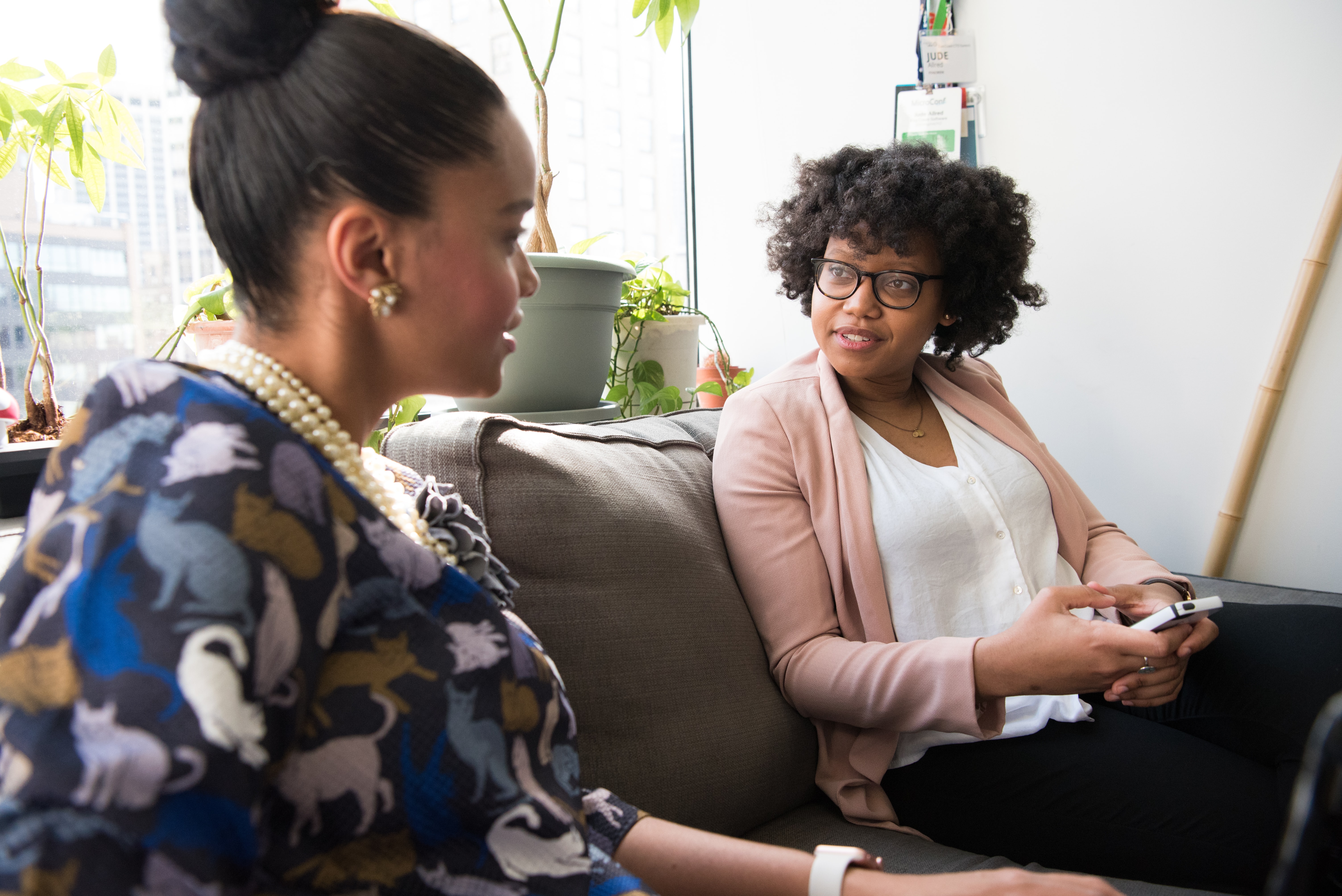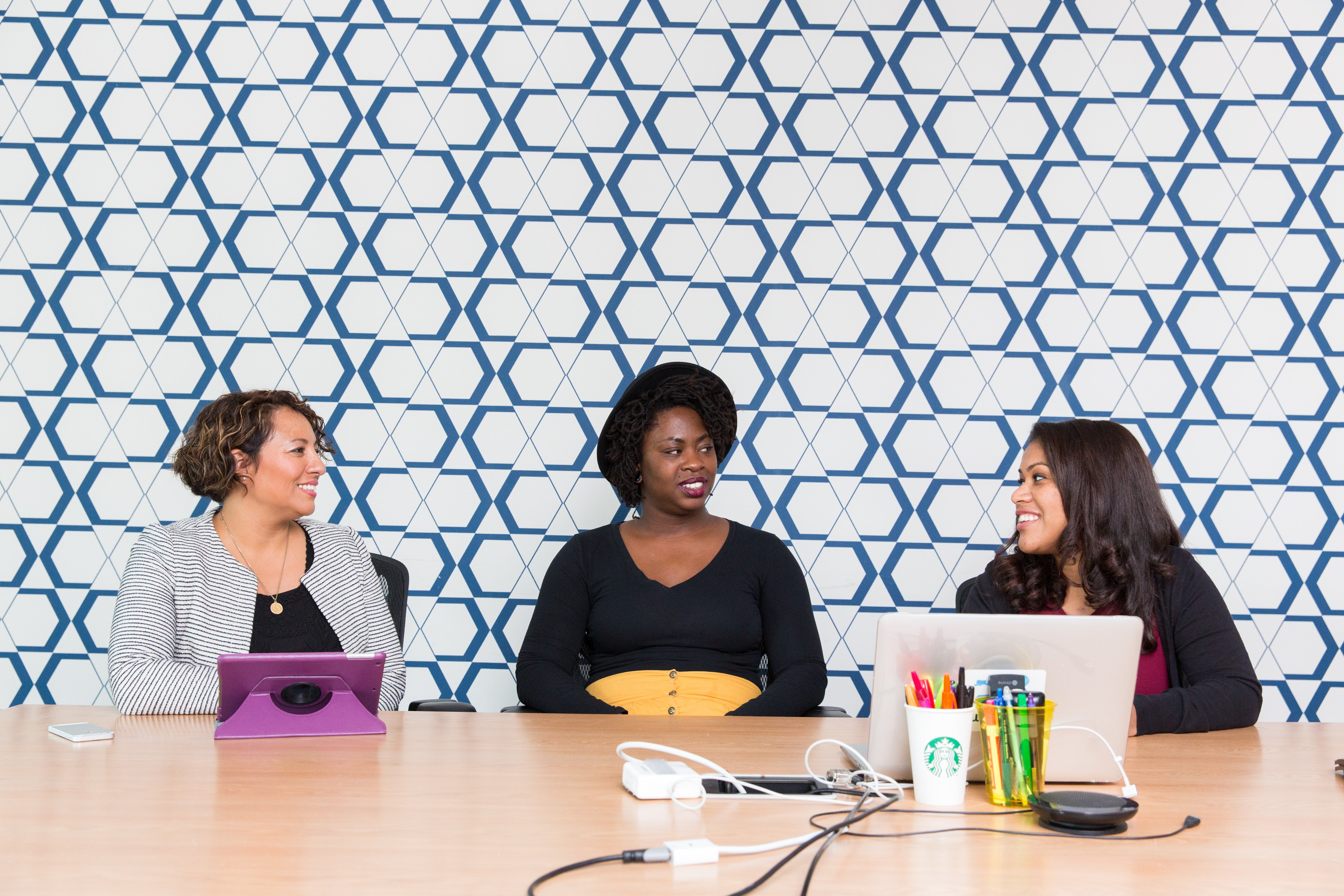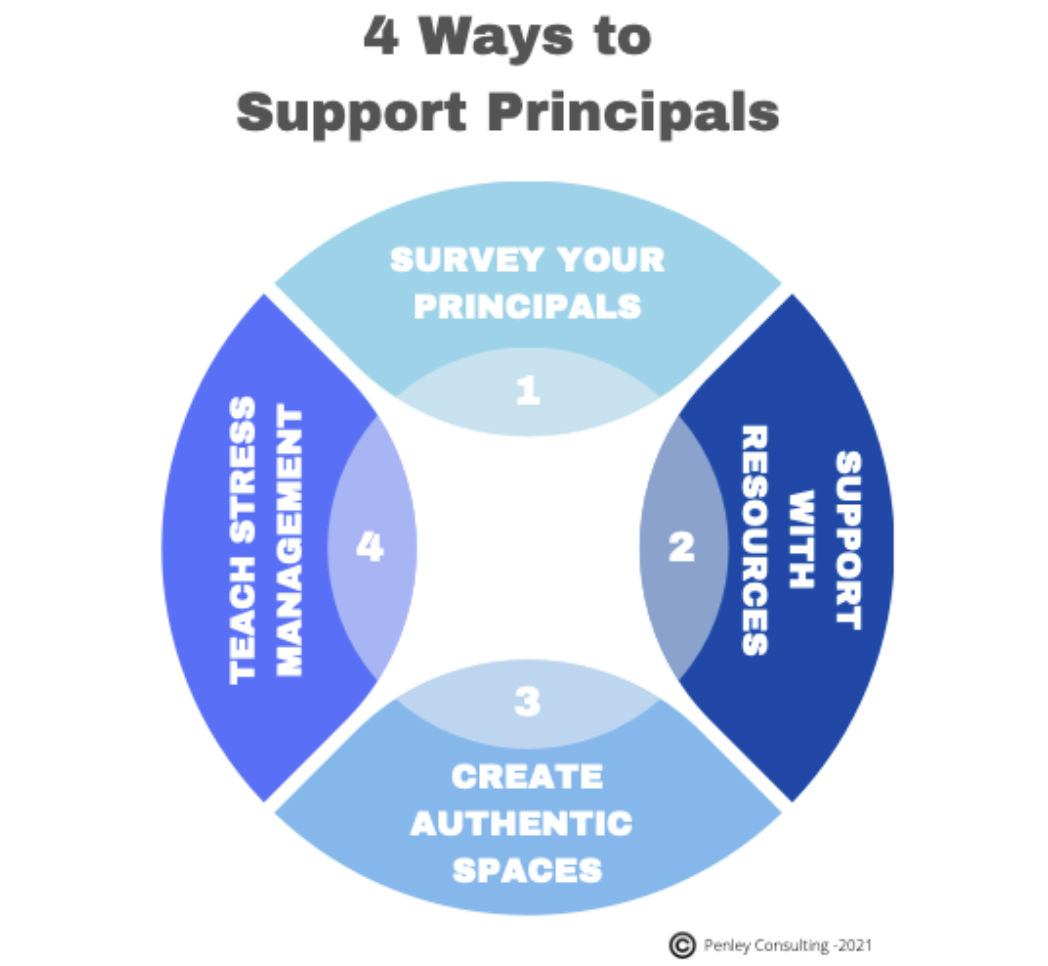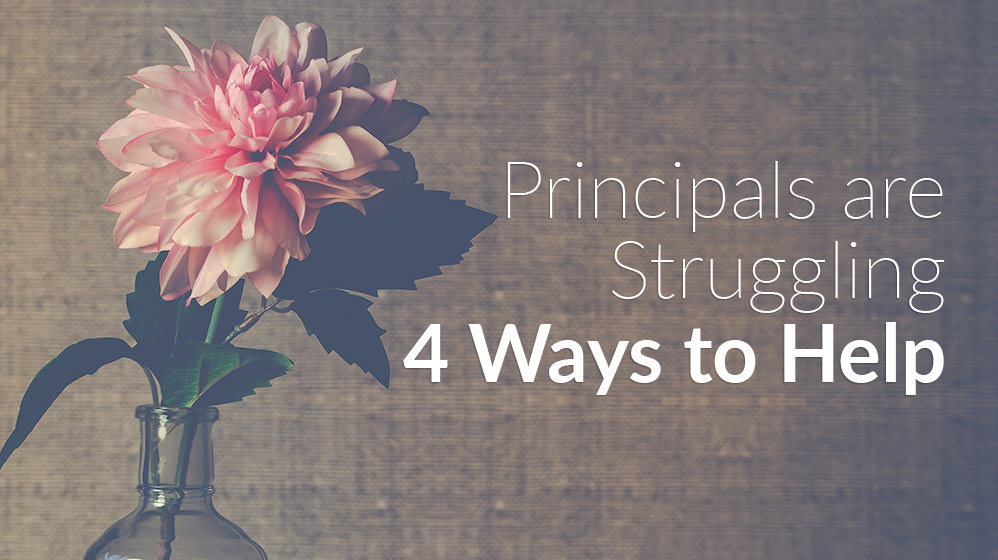Principals are struggling, and considering leaving the field at alarming rates. I mean deeply struggling–a searching of the soul, “Can I still do this?” kind of struggling. According to a recent survey, 45% of principals said the pandemic is prompting them to leave sooner than they had planned, while, according to NASSP, 42% of leaders surveyed indicated a desire to leave the profession.
To say the data is concerning is an understatement. Principals are the leaders of the schools. They set the weather, determine the climate, build the culture, and hold it all together. If they are struggling, the school as a whole is shaky. This should worry us all.
For over a decade I was a school principal at a K-8 school in Portland, Oregon. I loved my job and was grateful every day that I was able to make a difference. What is also true is that the job was very challenging for me, both physically and mentally. However, nothing compares to what principals are going through today.

Through my conversations with principals from around the country, I am amazed by what they are being asked to do. Principals are spending an inordinate amount of time battling the pandemic, from contact tracing for positive COVID cases, to mathematical equations to measure space between lunch tables while wondering how they are going to cover multiple classroom openings. And, on top of it all, principals are trying to be there to support the social and emotional needs of their students and staff.
Chronic stress is the antithesis of wellness, and has become a given in the field of school leadership. So, let’s take a minute and pause here, asking ourselves, who is caring for the caretaker? Who is looking out for the wellbeing of the principal? How can we help support principals in the middle of a pandemic?
Below are four ways we can help:
#1. SURVEY
Start with a survey of your school leaders to take a deep dive into the current status and workload.
I recently conducted a survey of over 500 principals on a Facebook group. When asked what would reduce their stress, 54% of principals said workload reduction. This was overwhelmingly the top chosen answer, and the message is clear.
A principal’s workload can look like being on 24/7, receiving hundreds of emails a day, supporting upset parents, attending to the social and emotional needs of students and staff, managing facilities, hiring quality teachers, balancing the budget, evaluating teachers, and the list goes on. And now add to that all things COVID–a once in a generation worldwide pandemic.
Sending an anonymous survey to their leaders and creating a positive action plan from the results is a great place to start. Some guiding questions could be:
- What is the current turnover rate of our leaders?
- How many are considering leaving the field? (Anonymous survey)
- What is the current workload of our leaders?
- What are the items that can be taken off their plate?
- How will new initiatives impact the leader’s workload?
#2. SUPPORT
Give principals the resources they need to meet the social and emotional needs of their community.
The emotional landscape of schooling has shifted significantly since COVID. Students may feel dysregulated and detached since missing more than a year of in-school instruction. They are struggling to form positive relationships with their peers, and this impacts both the classroom and the school as a whole.
Social and emotional learning (SEL) must become a priority. Yet, positive school climate, behavior management, and SEL support cannot land at the feet of the principal alone. We need to increase the SEL support in each school to meet the needs of the community with abundance and not scarcity. Some ideas for resources include:
- A systemic school-wide SEL framework to support school climate
- An inclusive and positive student anchor SEL curriculum to teach direct lessons
- A SEL budget to be used and managed at the school level
- A protected SEL block where student receive the SEL instruction
- A behavior coach, who can coach students, teachers, and parents and SEL
- A full-time counselor who can support struggling students
Positive school climate, behavior management, and SEL support cannot land at the feet of the principal alone. We need to increase the SEL support of each school to meet the needs of the community with abundance and not scarcity.
#3. SPACES
Create authentic spaces where principals can share their experiences.
Isolation is a real killer with the principalship. Some principals are leading a building on their own without any other administration. In addition, there is very little time for principals to connect with each other. It is important for principals to know they are not alone in the journey, and to have a sense of connection with others who walk similar paths.

Below are some suggestions as to how to provide spaces for school leaders to connect:
- Take 10 minutes at the start of principal meetings to connect. Give a prompt, time to answer and then time to share with a partner.
- Some possible prompts are: How has your journey been this year? What has been hard? What is something you are proud of about this year?
- Create authentic meeting spaces where principals feel safe and are encouraged to share, asking “What do you think of this?”
- Have the principal’s supervisors start each 1-on-1 meeting with, “How are you doing?” and end with “What can I do to support you?”
#4. STRESS REDUCTION
Teach principals about stress as well as specific strategies to help mitigate this stress.
Being a principal is one of the most stressful professions there is, yet stress is not really something that is discussed. During my decade-long tenure as a principal, I never had district sponsored professional development around the dangers of stress.
Why the disconnect? We must normalize this discussion of principal wellness and be transparent with the impact chronic stress is having on principals, often causing them to leave the field. We know principal turnover is a major obstacle to school transformation.
How can we address principal stress?
- Be transparent about chronic stress, its effects, and the long-range negative impact.
- Discuss maladaptive coping strategies and discuss ways to avoid these and choose healthier alternatives.
- Teach intentional stress reduction strategies such as mindfulness.
Following a school crisis of a fire, our school turned to Mindfulness as a way to heal. What started as a way to cope with trauma became a way to transform our school.
Mindfulness was such a gift to me as a school leader. I learned to start my day with meditation to ground me in the present. I became more aware of what I was feeling at any given moment. I also grew in my awareness of those around me.
I learned the impact of gratitude, the effect of negativity bias, how to limit rumination, and how to get curious when things were hard. And perhaps most importantly, I learned to slow down and pause. All of these skills are needed to help us become more aware of how stress is affecting our bodies and become more skilled at managing this stress.
Principalship 2.0
Principals are struggling and are leaving the field in high numbers. Those who stay are experiencing incredible levels of chronic stress. These facts call for a different model of leadership support and different working conditions. In order to create different working conditions for our school leaders, we need to reimagine the support of a school leader to include their wellbeing, a Principalship 2.0.
In this new more supportive 2.0 version:
Districts survey their leadership landscape. They are clear as to the state their principals are in, know turnover rates, and develop a commitment to do something about.
Principals are provided with support that matches the SEL needs of their school community. Students have teachers who teach explicit SEL lessons, are able to access a counselor, and have preventative behavior management coaching. When a student displays significant mental health concerns, there are wraparound services in abundance that both ensure the student gets the support they need, and that the principal can continue their role as the leader of the school.
Spaces are created for principals to connect with each other, share their stories and form strong relationships with their colleagues. From this connectedness comes a stronger sense of belonging and tethering to one another. Principals know they are not walking alone.
Discussions around stress are normalized, exhaustion is not held up as the expected standard and stress-reduction strategies are taught. Meetings are started with a mindful minute and principals are encouraged to share.

For just a moment, let’s imagine a world where principals are valued highly, compensated nicely, and cared for deeply. In this world, principals still give their heart to their job and their community, but they are also encouraged to give their heart equally to themselves and their personal families. In this new world, principals live healthy lives while leading amazing schools. And in this new world, principals stay.
Recommended Reads:







